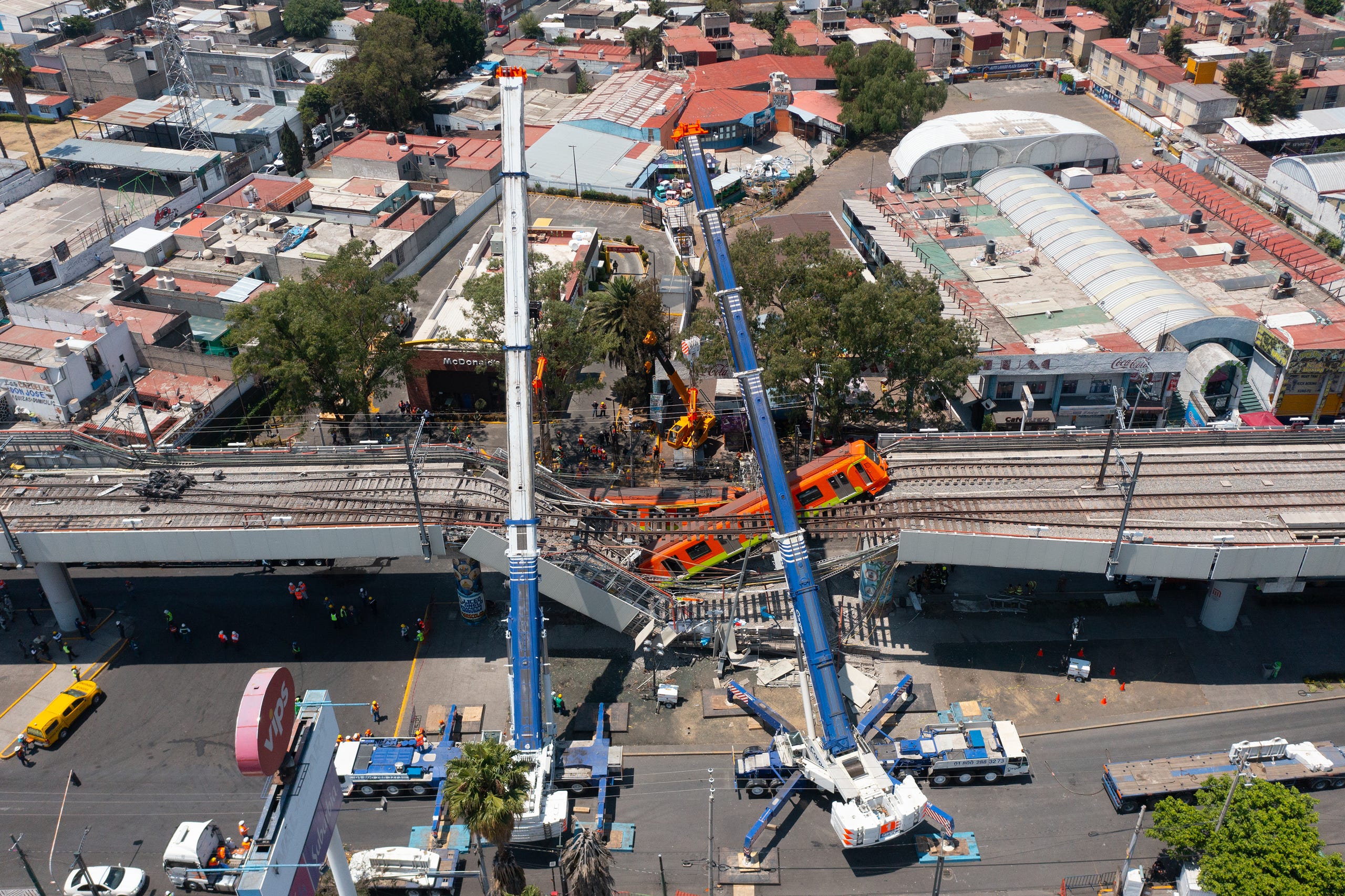

“I thank God that no one in our family was there. That tragic day is fresh in the minds of the residents of the area surrounding the accident’s ground zero – between the Tezonco and Olivos metro stations. Some families also have been entering into settlement agreements, Estupiñan’s law firm announced last week, although no specifics have been released. He and a score of other survivors and victims’ family members have tried to seek justice in Mexican courts.Īnd 14 plaintiffs represented by attorney Cristopher Estupiñan took their case to the New York Supreme Court, where they filed a civil lawsuit against the companies that constructed Line 12 of the Mexico City Metro: Mexico’s Ingenieros Civiles y Asociados (ICA), France’s Alstom and Spanish railway manufacturer CAF. No one has been jailed to date over the accident, although Mexico City’s District Attorney’s Office said the investigation is still ongoing and that it will seek to indict 10 people on involuntary homicide and other charges. “Virtually all of us fell downward … until I realized my legs were really destroyed.” “I was at the entrance (to the car), in the part that was left pointing up (toward the overpass),” Alvarado said. The man says he and his brother still need several surgeries, although he acknowledges that authorities have covered their medical expenses thus far. Twenty-six people died and nearly 100 others were injured.īenito Alvarado, one of victims now pursuing financial damages, told Efe that he was returning home from work with his brother when one of Line 12’s overpasses collapsed and caused his train car to fall onto Tlahuac Ave.Īlvarado, who was unable to move anything except his head for several days and still cannot walk (doctors told him it would take two years), said his physical recovery is a bigger priority than money. The accident occurred on May 3, 2021, in the capital’s eastern borough of Tlahuac, just a couple of hundred meters (yards) from the Olivos metro station, and caused the train’s final two cars to fall to the street and come to rest in a diagonal “V” shape. Hai Do was the editor.Mexico City, May 3 (EFE).- Survivors and family members of those who perished in a deadly Mexico City metro overpass collapse one year ago are continuing their search for justice and compensation. Dan Friedell adapted it for Learning English. Eduardo Castillo wrote this story for The Associated Press. He said he is willing to help the investigation in any way he can.Į. Ebrard was mayor when the train line was constructed. The line has been criticized for construction and design problems. Like many metro lines, it runs underground in the center of the city and runs above ground on concrete structures in surrounding areas. The collapse happened on the city’s newest metro line known as Line 12. Gisela Roja Castro said she had not heard from her husband who takes that train home from work. He thought his half-brother was crushed to death.

He said his mother told him that his half-brother and another relative were in a car passing below the train when it fell. People who had not heard from their friends and relatives waited at the crash site Monday into Tuesday hoping to hear news.Īdrian Loa Martinez was there. Another crash between two trains in 2015 left 12 people injured. In 2020, one person died and 41 were injured when two trains ran into each other. There have been two serious accidents in the recent past. Mexico City’s metro system is one of the least costly, and busiest, in the world. Rescuers work at a site where an overpass for a metro partially collapsed with train cars on it at Olivos station in Mexico City, Mexico May 3, 2021.


 0 kommentar(er)
0 kommentar(er)
